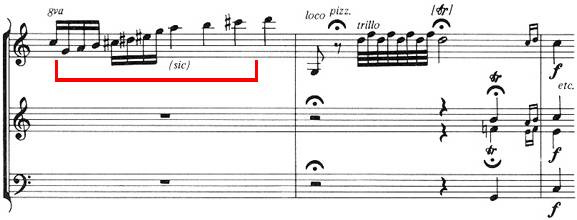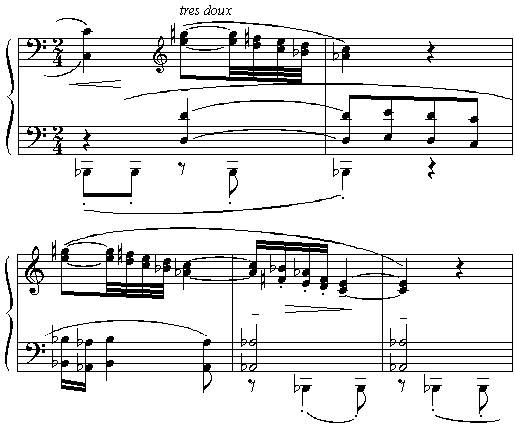In a whole-tone scale, all music notes are separated by 1 whole step 

Below is an example of a whole-tone scale:

The whole-tone scale is one of the modes of limited transposition, because there is only transposition of this mode.
The whole-tone scale: A mode of limited transposition
Below are the only 2 transpositions of the whole-tone scale:


All others transpositions are by enharmony one of the two versions above.
For example, If you transpose this a major third upper:

It results in:

Which is (by enharmony) the same as:

And because there is no tonic, it is the same as :

Examples of whole-tones scales
Mozart
Mozart did not wait for the birth of Olivier Messian to use the whole-tone scale, he used it in Ein musikalischer Spaß (A joke musical) K. 522, Divertimento for 2 horns and string quartet.

Debussy
Another example of whole ton scale in Voiles for piano (book 1) by Claude Debussy:

Some compositors and pieces which use the whole-tone scale
Below are some pieces which use the whole-tone scale:
- Franz Schubert: "Sanctus" from the Mass No. 6 in E-flat major, D. 950
- Hector Berlioz: Ouverture Francs-Juges
- Debussy: la mer
- Debussy: Prélude à l'après-midi d'un faune
- Franz Liszt
- Maurice Ravel: Jeux d'Eaux
- Béla Bartók
- Igor Stravinsky: L'histoire du soldat
- Olivier Messiaen: Quartet for the End of Time (movement 6, "Danse of Fury, for the seven trumpets", cello part)
External links :
1 - https://musicterms.artopium.com/w/Wholetonescale.htm
2 - https://en.wikipedia.org/wiki/Whole_tone_scale


